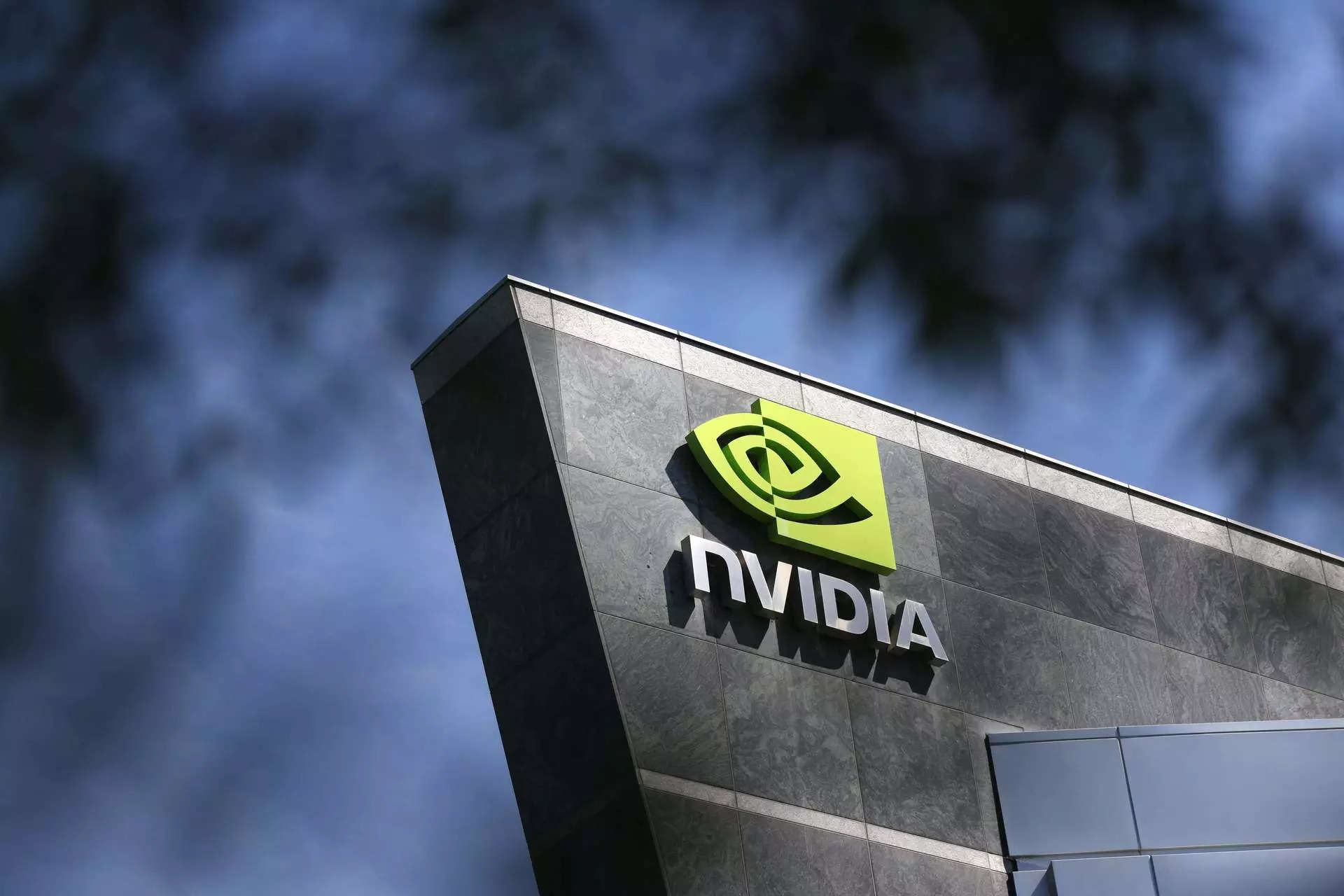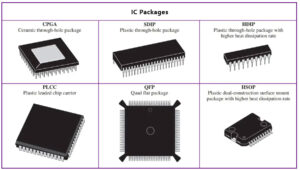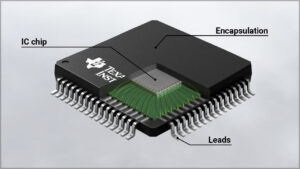Introduction
In the rapidly evolving landscape of semiconductor technology, NVIDIA Corporation (NVDA) has long stood as a dominant force, particularly in the realm of graphics processing units (GPUs). However, the competitive terrain of the tech industry is ever-changing, with formidable challengers emerging to vie for market share and innovation.
Moreover, we delve into 2024, it’s imperative to examine the top competitors and alternatives to NVIDIA, shedding light on the diverse array of companies poised to disrupt the status quo. Additionally,from established industry giants to nimble innovators, these contenders represent the forefront of technological advancement, shaping the future trajectory of the semiconductor market.
Join us as we explore the landscape of NVIDIA’s top 6 competitors and alternatives in 2024.
Follow us on Linkedin for everything around Semiconductors & AI
Intel: The Powerhouse of Computing
Overview: As a leading manufacturer of central processing units (CPUs) and other semiconductor products, Intel is a formidable rival to NVIDIA.
While NVIDIA specializes in GPUs and high-performance computing hardware, Intel’s reach extends across various segments of the technology sector, making it a versatile and potent competitor.
Key Competing Areas:
- Graphics Processing Units (GPUs): While NVIDIA has long dominated the GPU market, Intel has been steadily gaining ground with its Integrated Visual Processing Unit (IPU), which integrates a custom GPU core into its CPU packages.
- Artificial Intelligence (AI) and Machine Learning (ML): Both companies offer AI and ML solutions, with NVIDIA’s GPUs being popular for training deep neural networks. Intel, however, has developed its AI accelerator and acquired AI startups to enhance its capabilities.
- Datacenter Business: While Intel dominates the server processor market, NVIDIA’s datacenter revenue has surged due to demand for its GPUs in cloud computing and big data analytics.
- High-Performance Computing (HPC): Both companies offer solutions for HPC applications, with Intel’s Xeon Phi processors and NVIDIA’s Tesla V100 GPUs being popular choices for supercomputing.
Here’s a table comparing some key aspects of Intel and NVIDIA:
| Company | Founded | Headquarters | Products | Market Cap | Revenue | Employees |
|---|---|---|---|---|---|---|
| Intel | 1968 | Santa Clara, CA | CPUs, GPUs, FPGAs, SSDs | $183 billion | $54 billion | 124,800 |
| NVIDIA | 1993 | Santa Clara, CA | GPUs, Tegra processors, Quadro graphics cards | $1.79 trillion | $26.79 billion | 26,000 |
Advanced Micro Devices (AMD): The Challenger in GPU Market
Overview: Advanced Micro Devices (AMD) presents a significant challenge to NVIDIA in the GPU market.

With its Radeons competing directly against NVIDIA’s GeForces, AMD offers compelling alternatives, particularly for budget-conscious buyers.
Key Competing Areas:
- Graphics Processing Units (GPUs): AMD’s GPUs, known as Radeons, compete directly with NVIDIA’s GeForce GPUs in consumer and professional markets.
- APUs (Accelerated Processing Units): AMD’s APUs integrate a CPU and GPU onto a single chip, competing with NVIDIA’s Tegra processors.
- Professional Markets: AMD’s GPUs are used in fields such as engineering, science, and finance, posing a challenge to NVIDIA’s dominance in professional-grade GPUs.
| Company | Founded | Headquarters | Market Share | Revenue (2023) | Employees |
|---|---|---|---|---|---|
| AMD | 1969 | Sunnyvale, CA | 20% – 30% | $23 billion | 26,000 |
| NVIDIA | 1993 | Santa Clara, CA | 70% – 80% | $26.79 billion | 26,000 |
Qualcomm: The Mobile Computing Giant
Overview: Qualcomm is a major competitor of NVIDIA in mobile computing and AI.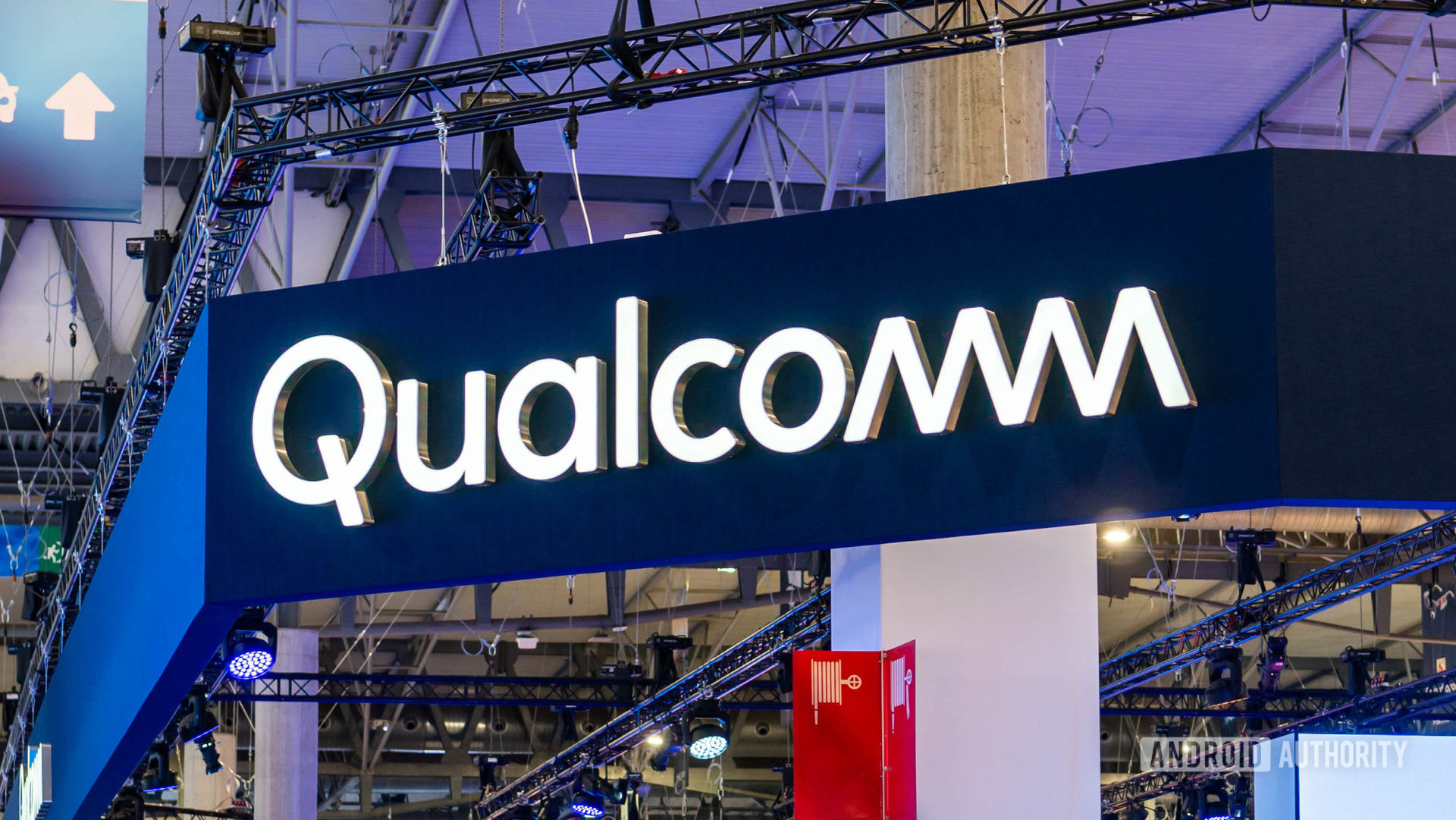
With its SoCs integrating multiple functions onto a single chip, Qualcomm offers high levels of performance and power efficiency, particularly suited for mobile devices.
Key Competing Areas:
- System-on-Chips (SoCs): Qualcomm’s Snapdragon series competes with NVIDIA’s Tegra processors in the mobile market, offering high performance for gaming, video streaming, and AI processing.
- Wireless Communications: Qualcomm’s connectivity solutions for mobile devices differentiate it from NVIDIA, which primarily focuses on computing and graphics processing.
| Company | Founded | Headquarters | Market Share | Revenue | Employees |
|---|---|---|---|---|---|
| Qualcomm | 1985 | San Diego, CA | 60% – 70% | $35.8 billion | 50,000 |
| NVIDIA | 1993 | Santa Clara, CA | 30% – 40% | $26.79 billion | 26,000 |
IBM: The AI and High-Performance Computing Expert
Overview: IBM is a formidable competitor to NVIDIA in AI and high-performance computing.
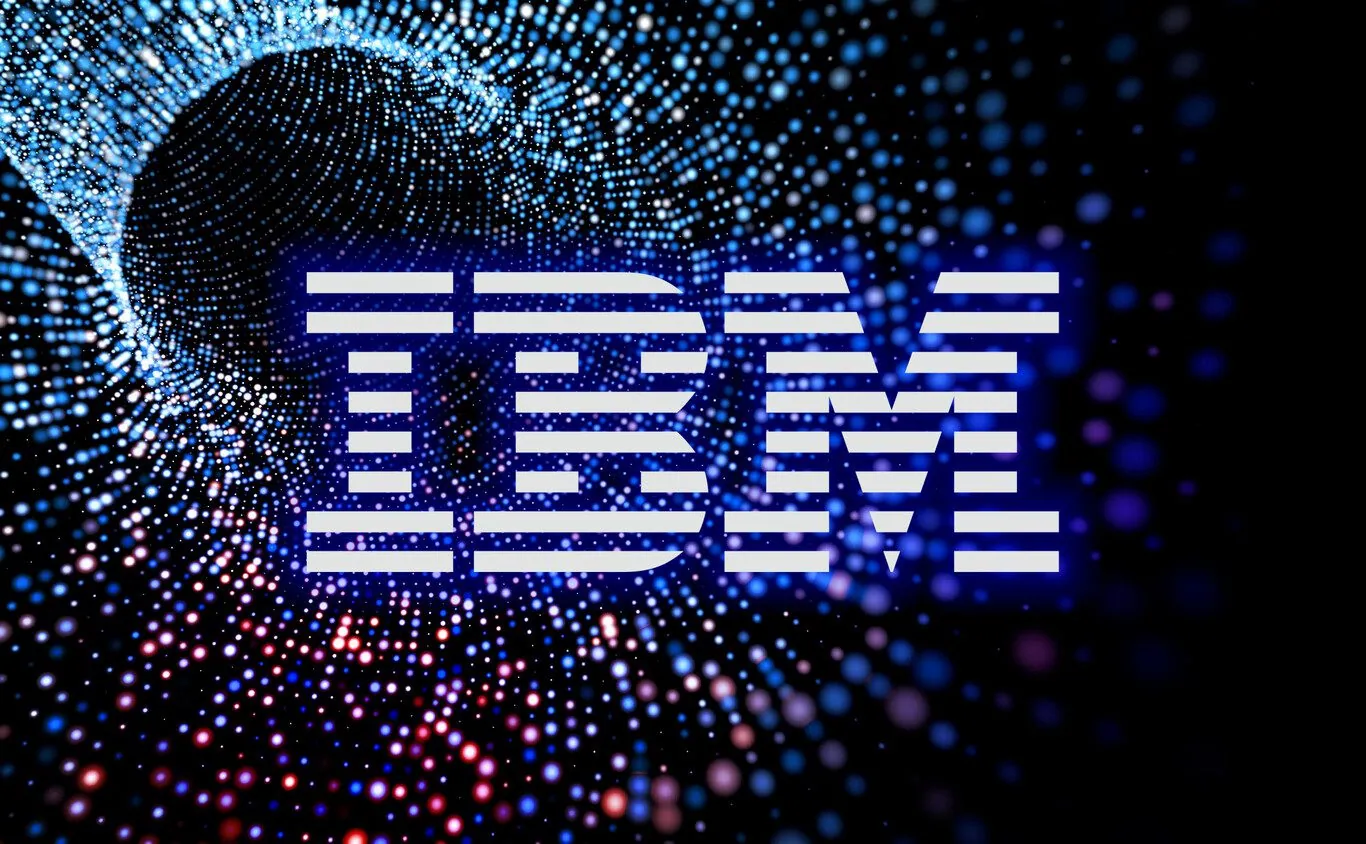
Additionally,with its Watson AI platform and high-performance computing solutions, IBM offers a unique approach to AI that poses a significant challenge to NVIDIA’s market share.
Key Competing Areas:
- Artificial Intelligence (AI): IBM’s Watson platform competes directly with NVIDIA’s AI solutions, offering cognitive computing and machine learning capabilities.
- High-Performance Computing (HPC): IBM’s hardware solutions are optimized for compute-intensive tasks, posing a challenge to NVIDIA’s dominance in this segment.
| Company | Founded | Headquarters | Market Share | Revenue | Employees |
|---|---|---|---|---|---|
| IBM | 1911 | Armonk, NY | 20% – 30% | $61.1 billion | 288,000 |
| NVIDIA | 1993 | Santa Clara, CA | 70% – 80% | $26.8 billion | 26,000 |
Read More: GATE-Less Entry at IISC: Joint M.Tech with Taiwan Universities for CFTI students – techovedas
Alibaba: The AI Challenger from China
Overview: Alibaba’s expansion into the AI market poses a potential threat to NVIDIA’s dominance. 
However, its AI research division and integration of AI into e-commerce platforms, Alibaba presents a formidable challenge in AI and machine learning applications.
Key Competing Areas:
- AI Technologies: Alibaba’s AI solutions, integrated into its e-commerce platforms, could potentially replace NVIDIA’s GPUs in certain applications, moreover,challenging NVIDIA’s dominance in the AI market.
- E-commerce and Technology Integration: Alibaba’s seamless integration of AI into its e-commerce platforms enhances user experience and operational efficiency, posing a challenge to NVIDIA’s AI offerings.
| Company | Founded | Headquarters | Market Share | Revenue | Employees |
|---|---|---|---|---|---|
| Alibaba | 1999 | Hangzhou, China | 30% – 40% | $129 billion | 228,765 |
| NVIDIA | 1993 | Santa Clara, CA | 70% – 80% | $26 billion | 26,000 |
Read More: University of Michigan Develops MORPHEUS: World’s First Unhackable Processor – techovedas
Juniper Networks: The Networking Challenger
Overview: Juniper Networks competes with NVIDIA in the field of network infrastructure, particularly in switches and routers. 
Moreover, with its Junos operating system and SDN solutions, Juniper Networks presents a significant challenge to NVIDIA’s networking division.
Key Competing Areas:
- Network Infrastructure: Juniper Networks’ product portfolio includes core routers, edge routers, and switches, moreover,competing directly with NVIDIA’s networking solutions.
- Software-Defined Networking (SDN): Juniper Networks offers SDN solutions that enable network automation and management, posing a challenge to NVIDIA’s networking offerings.
| Company | Founded | Headquarters | Market Share | Revenue | Employees |
|---|---|---|---|---|---|
| Juniper Networks | 1996 | Sunnyvale, CA | 20% – 30% | $5.5 billion | 11,000 |
| NVIDIA | 1993 | Santa Clara, CA | 70% – 80% | $26.7 billion | 26,000 |
Read More: US Export Ban Threatens NVIDIA $5 Billion AI Chip Orders from China – techovedas
Conclusion
In conclusion, while NVIDIA maintains a dominant position in the GPU market, it faces fierce competition from a range of formidable rivals across various segments of the technology industry.Moreover.Intel’s broad product portfolio to AMD’s budget-friendly alternatives and IBM’s AI expertise, NVIDIA must navigate a complex landscape of competitors and alternatives to maintain its leadership position. Moreover, as the tech industry continues to evolve, the competition among these companies will only intensify, driving innovation and pushing the boundaries of what is possible in semiconductor technology.

